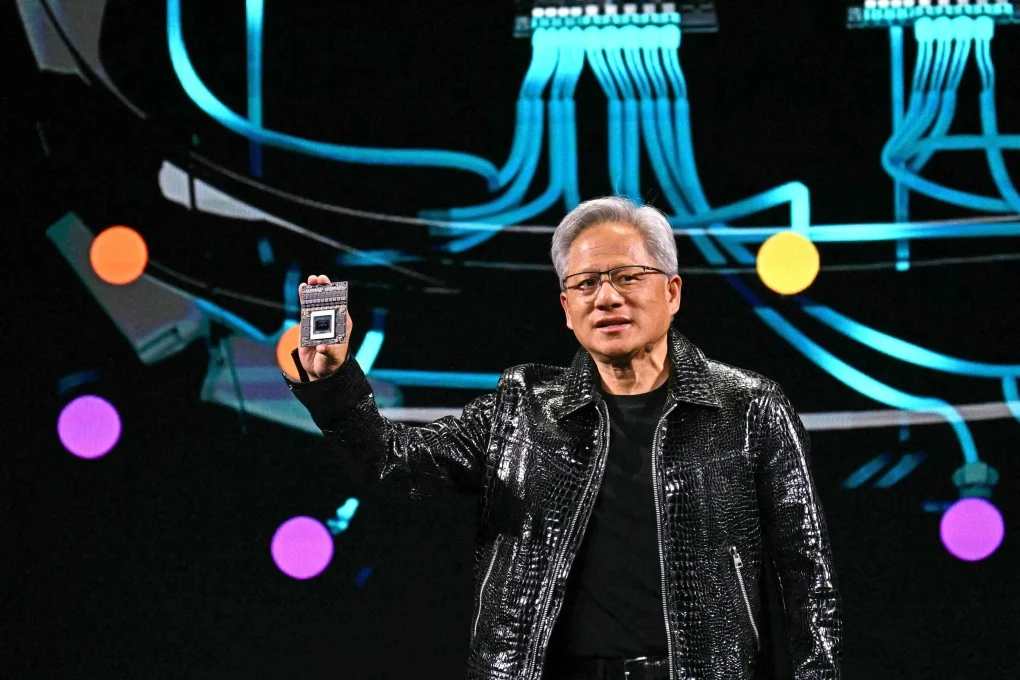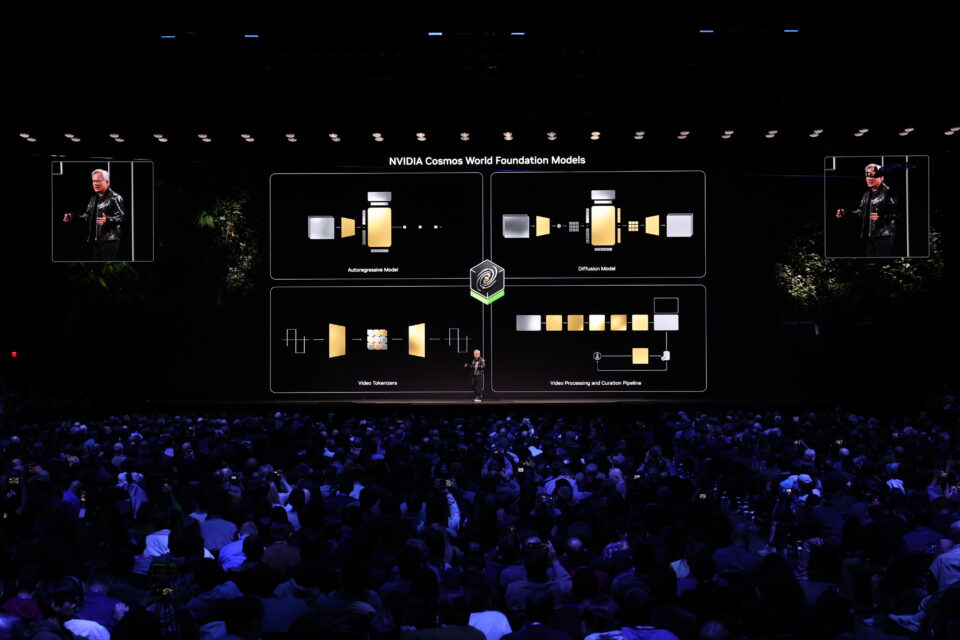In a speech that could mark the start of a new era in artificial intelligence, Nvidia CEO Jensen Huang captivated the audience at the annual Consumer Electronics Show in Las Vegas with a bold prediction: general-purpose robotics is on the brink of a breakthrough.
“The ChatGPT moment for general robotics is just around the corner,” Huang declared, drawing a direct line between OpenAI’s generative chatbot and what’s next for the world of intelligent machines.
Robotics Revolution Accelerating, Says Huang
During his keynote address, Huang emphasized that all the technological pillars required to trigger this shift in robotics are already in place—and that developments will move faster than most expect.
“In fact, all of the enabling technologies that I’ve been talking about is going to make it possible for us in the next several years to see very rapid breakthroughs, surprising breakthroughs in general robotics.”

Huang argued that general robotics would transform multiple industries, from information technology to autonomous vehicles to next-generation humanoid machines. Each of these areas, he said, is poised for disruption as AI continues to evolve at breakneck speed.
Why General Robotics Is the Next Frontier
Unlike wheeled or tracked robots that need specialized infrastructure, Huang explained that three types of robots can thrive within existing environments, no costly changes needed.
“Now the reason why general robotics is so important is whereas robots with tracks and wheels require special environments to accommodate them, there are three robots, three robots in the world that we can make that require no greenfields. Brownfield adaptation is perfect,” Huang explained. “If we could possibly build these amazing robots, we could deploy them in exactly the world that we’ve built for ourselves.”
He broke down the trio of game-changing robotics categories:
“These three robots are one, agentic robots and agentic AI, because they’re information workers. So long as they could accommodate the computers in our offices, it’s going to be great. Number two, self-driving cars. And the reason for that is we spent 100-plus years building roads and cities. And then, number three, humanoid robots,” Huang said.
From Demonstration to Deployment: The Challenge of Training Robots
Despite massive potential, a major challenge still looms training humanoid robots effectively. While AI can learn from real-world data, capturing human motion for robotic imitation remains complex and time-consuming.
“The critical capability is how to train these robots. In the case of humanoid robots, the imitation information is really hard to collect, and the reason for that is, in the case of car, you just drive it, we’re driving cars all the time,” Huang noted.

“In the case of these humanoid robots, the imitation information, the human demonstration is rather laborious to do. So we need to come up with a clever way to take hundreds of demonstrations, thousands of human demonstrations, and somehow use artificial intelligence and omniverse to synthetically generate millions of synthetically generated motions. And from those motions, the AI can learn how to perform a task,” he explained.
Nvidia’s Isaac Groot: Powering the Future of Robotics
To tackle these challenges head-on, Nvidia has launched its Isaac Groot platform, designed to fast-track the development of AI-powered humanoid robots.

Huang presented how this suite of technologies supports developers with data pipelines, simulation frameworks, foundational models, and Nvidia’s powerful Thor robotics computer. These tools allow engineers to test and train robotic systems even before building physical machines.
“Nvidia Isaac Groot, this is our platform to provide technology elements to the robotics industry to accelerate the development of general robotics,” Huang said.
This end-to-end platform gives skilled human operators the ability to capture precise motion trajectories, test robot behavior in simulated environments, and build policy models without even needing a robot in the room.
The Dawn of a New Technological Era

According to Huang, these innovations in general robotics could represent the most significant technological shift the world has ever seen. The AI boom, he stressed, is just getting started.
“The largest technology the world’s ever seen” is how Huang described the impending robotics era. And for Nvidia, that future is no longer distant, it’s just around the corner.
As the company continues pushing the boundaries of what’s possible in AI and robotics, one thing is clear: the next big leap, much like the rise of ChatGPT, may happen sooner than anyone expects.



